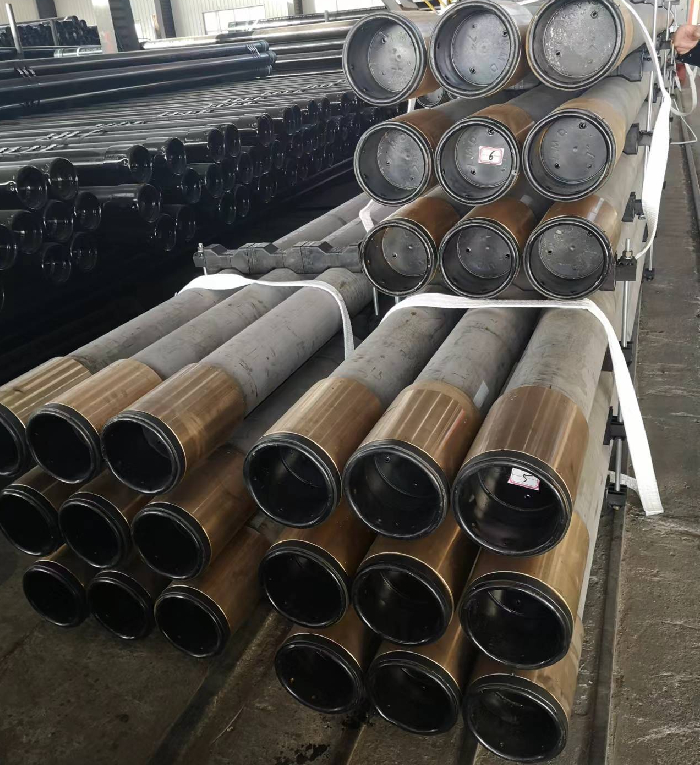- Afrikaans
- Albanian
- Amharic
- Arabic
- Armenian
- Azerbaijani
- Basque
- Belarusian
- Bengali
- Bosnian
- Bulgarian
- Catalan
- Cebuano
- Corsican
- Croatian
- Czech
- Danish
- Dutch
- English
- Esperanto
- Estonian
- Finnish
- French
- Frisian
- Galician
- Georgian
- German
- Greek
- Gujarati
- Haitian Creole
- hausa
- hawaiian
- Hebrew
- Hindi
- Miao
- Hungarian
- Icelandic
- igbo
- Indonesian
- irish
- Italian
- Japanese
- Javanese
- Kannada
- kazakh
- Khmer
- Rwandese
- Korean
- Kurdish
- Kyrgyz
- Lao
- Latin
- Latvian
- Lithuanian
- Luxembourgish
- Macedonian
- Malgashi
- Malay
- Malayalam
- Maltese
- Maori
- Marathi
- Mongolian
- Myanmar
- Nepali
- Norwegian
- Norwegian
- Occitan
- Pashto
- Persian
- Polish
- Portuguese
- Punjabi
- Romanian
- Russian
- Samoan
- Scottish Gaelic
- Serbian
- Sesotho
- Shona
- Sindhi
- Sinhala
- Slovak
- Slovenian
- Somali
- Spanish
- Sundanese
- Swahili
- Swedish
- Tagalog
- Tajik
- Tamil
- Tatar
- Telugu
- Thai
- Turkish
- Turkmen
- Ukrainian
- Urdu
- Uighur
- Uzbek
- Vietnamese
- Welsh
- Bantu
- Yiddish
- Yoruba
- Zulu
Durable Stainless Steel Pipe Couplings for Secure and Reliable Plumbing Solutions in Various Applications
Understanding Stainless Steel Pipe Couplings An Essential Component in Piping Systems
Stainless steel pipe couplings play a crucial role in various industries by providing a reliable means to connect pipes, ensuring the integrity and efficiency of fluid transport systems. These versatile fittings are designed to join two segments of pipe, allowing for easy maintenance and flexibility in pipeline configurations. In this article, we will explore what stainless steel pipe couplings are, their types, benefits, and applications.
What are Stainless Steel Pipe Couplings?
A coupling is a mechanical device used to connect two lengths of pipe. Stainless steel pipe couplings are specifically made from stainless steel, a material known for its corrosion resistance, durability, and aesthetic finish. These couplings are used to join pipes of the same diameter or different diameters, depending on the design. The manufacturing process involves shaping and cutting stainless steel tubes or bars, followed by welding or fitting operations, ensuring a strong and leak-proof connection.
Types of Stainless Steel Pipe Couplings
There are several types of stainless steel pipe couplings, each serving specific applications
1. Straight Couplings These are the most common type, providing a simple connection between two pipes of the same diameter. They are ideal for straight runs without any directional changes.
2. Reducing Couplings These couplings are designed to connect pipes of different diameters. They are essential in applications where the flow of fluid needs to transition from a larger pipe to a smaller one.
3. Union Couplings These allow for easy disassembly of pipes, making it convenient for maintenance and repair work. They consist of three pieces two half-couplings and a central nut that holds them together.
4. Threaded Couplings These couplings feature internal threads that enable pipes with external threads to be connected securely. They are particularly useful in scenarios where welding is not feasible.
5. Welded Couplings These provide a permanent connection and are usually used in high-pressure applications. The coupling is welded directly onto the pipe, offering enhanced strength and durability.
Benefits of Stainless Steel Pipe Couplings
The use of stainless steel pipe couplings comes with a multitude of advantages
stainless pipe coupling

- Corrosion Resistance Stainless steel is highly resistant to rust and corrosion, making these couplings ideal for use in environments exposed to water, chemicals, or other corrosive agents.
- Durability With a tensile strength greater than that of standard carbon steel, stainless steel couplings can withstand high-pressure applications, ensuring long-term reliability
.- Temperature Tolerance Stainless steel maintains its integrity at both high and low temperatures, allowing these couplings to be used in a wide range of thermal environments.
- Aesthetic Appeal The sleek and shiny finish of stainless steel adds an attractive look to pipelines, making it a preferred choice in visible locations.
- Ease of Installation Most stainless steel couplings can be installed without specialized tools, leading to reduced labor costs and faster pipeline assembly.
Applications of Stainless Steel Pipe Couplings
Stainless steel pipe couplings are widely used across various sectors, including
- Oil and Gas For fluid transport systems, where high pressure and the risk of corrosion are prevalent.
- Water Treatment In municipal water systems to maintain the quality of transported water.
- Chemical Processing Where resistance to chemicals is vital for safe and efficient operations.
- Food and Beverage In hygienic applications where cleanliness and corrosion resistance are paramount.
Conclusion
Stainless steel pipe couplings are indispensable components in modern piping systems, providing reliable connections that enhance efficiency and safety in fluid transport. With their diverse range of types and significant benefits, these couplings meet the demanding requirements of various industries. As technology advances and industries evolve, the importance of durable and efficient coupling solutions will only continue to grow.
-
Tubing Pup Joints: Essential Components for Oil and Gas OperationsNewsJul.10,2025
-
Pup Joints: Essential Components for Reliable Drilling OperationsNewsJul.10,2025
-
Pipe Couplings: Connecting Your World EfficientlyNewsJul.10,2025
-
Mastering Oilfield Operations with Quality Tubing and CasingNewsJul.10,2025
-
High-Quality Casing Couplings for Every NeedNewsJul.10,2025
-
Boost Your Drilling Efficiency with Premium Crossover Tools & Seating NipplesNewsJul.10,2025







